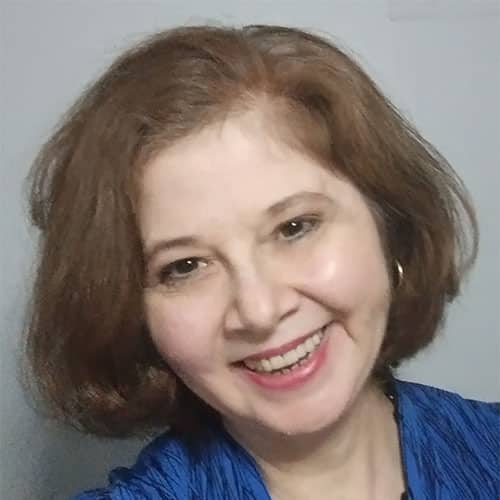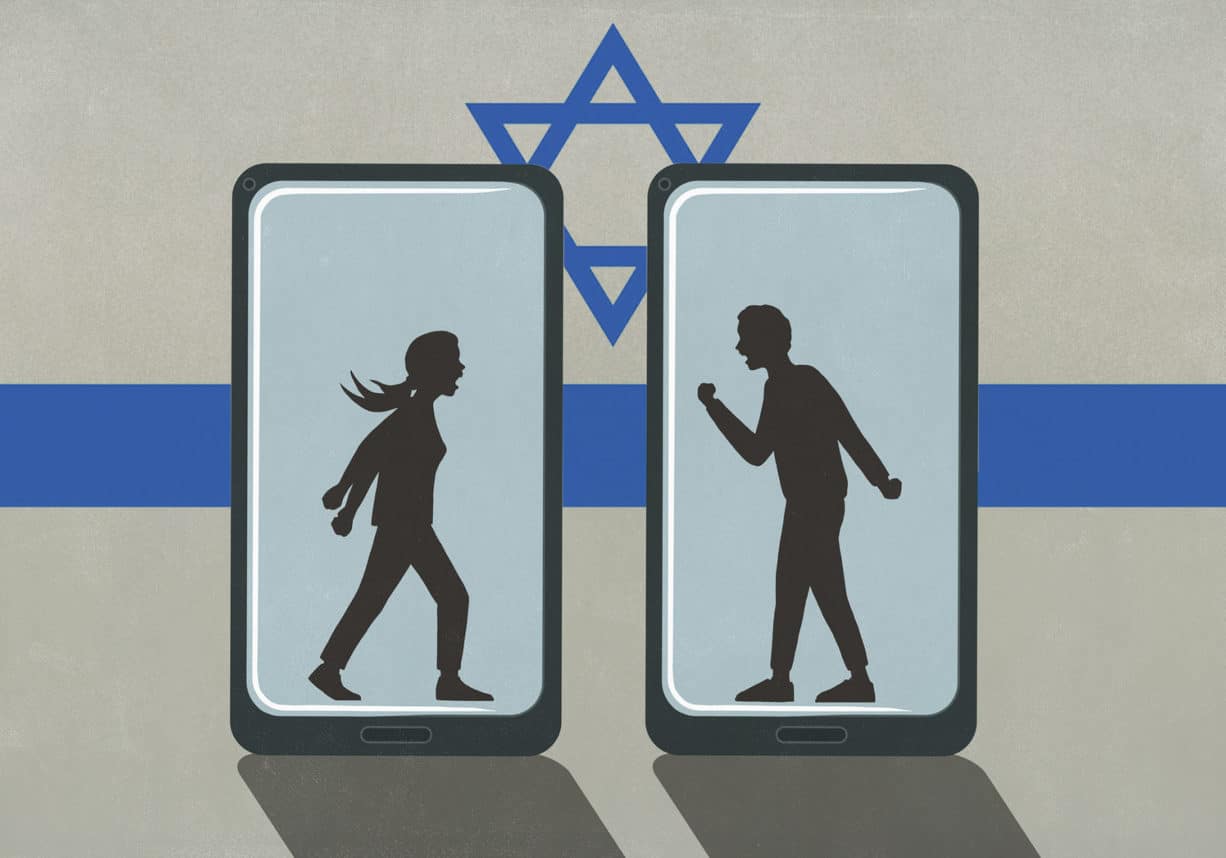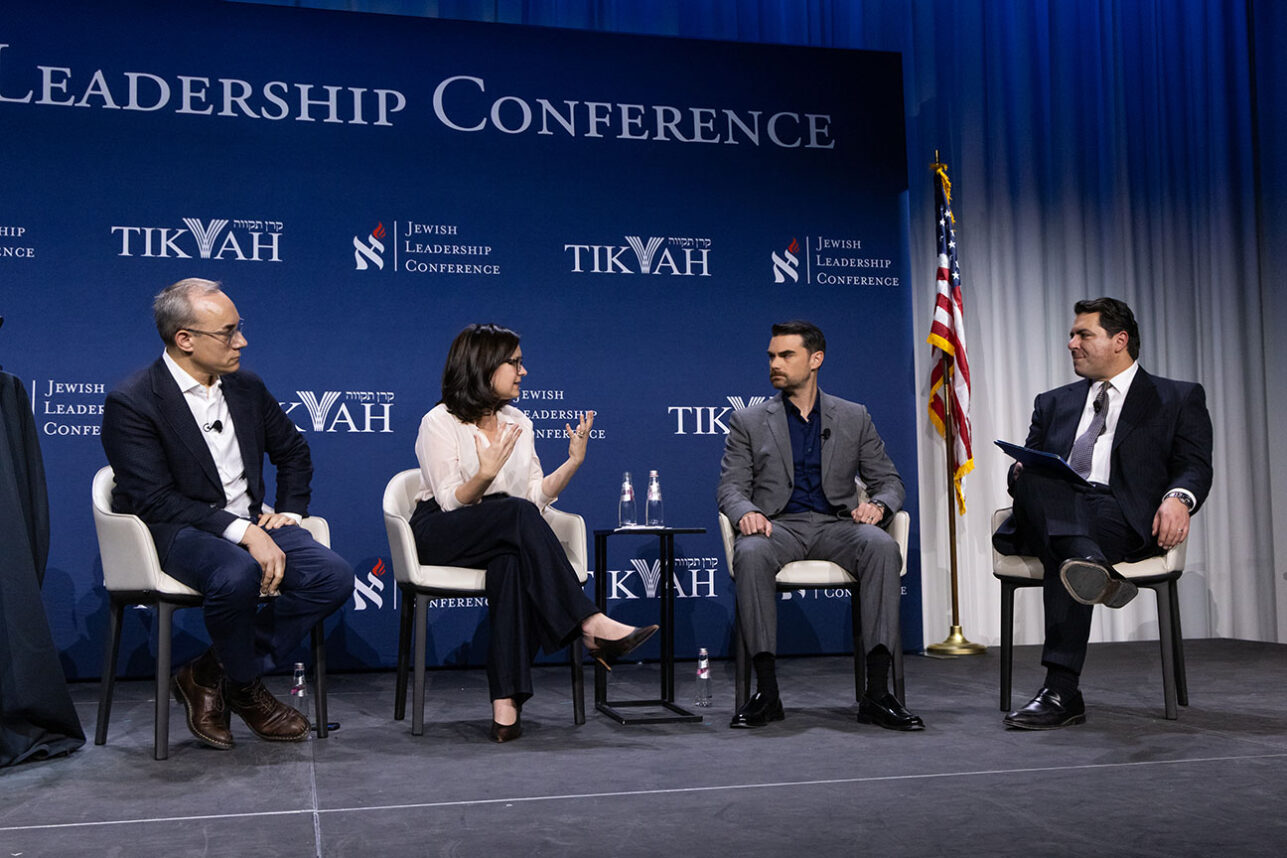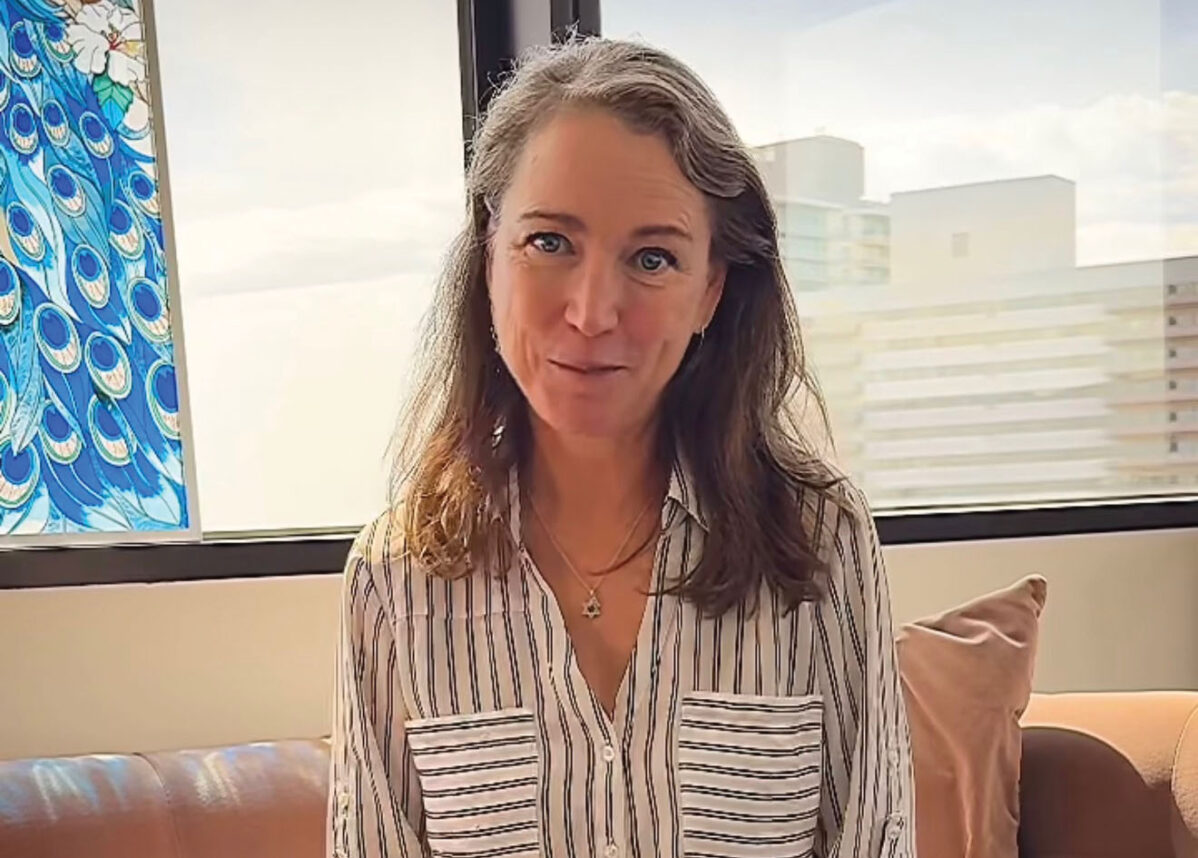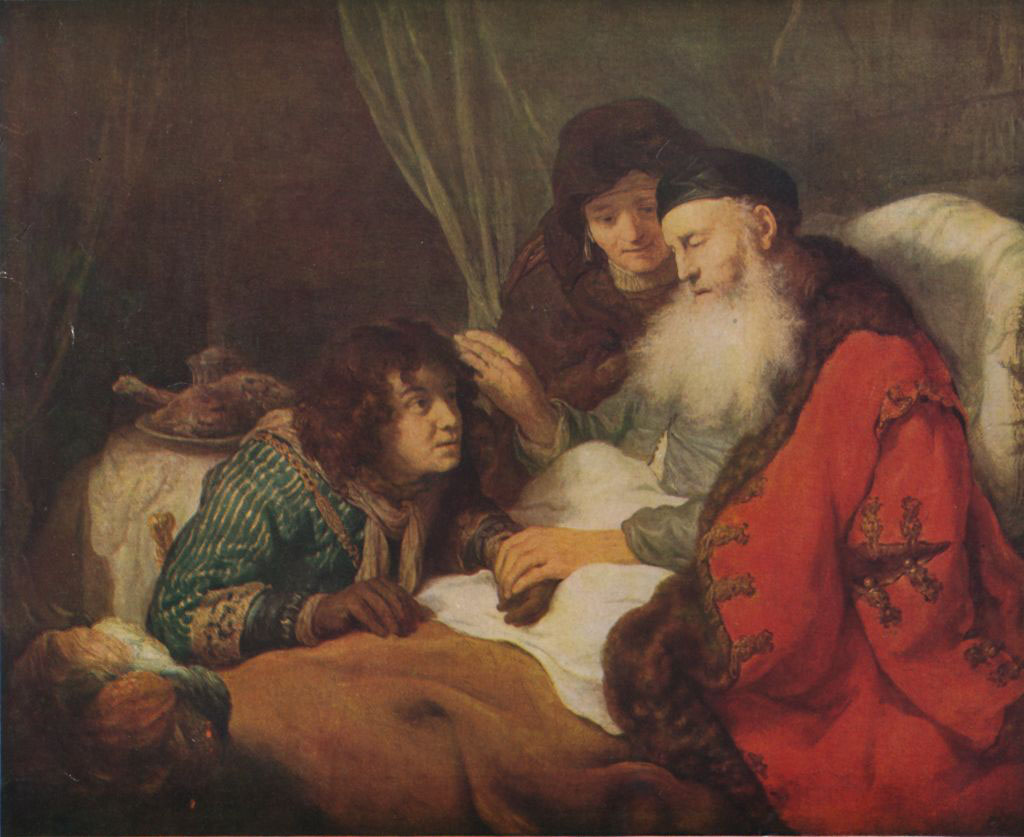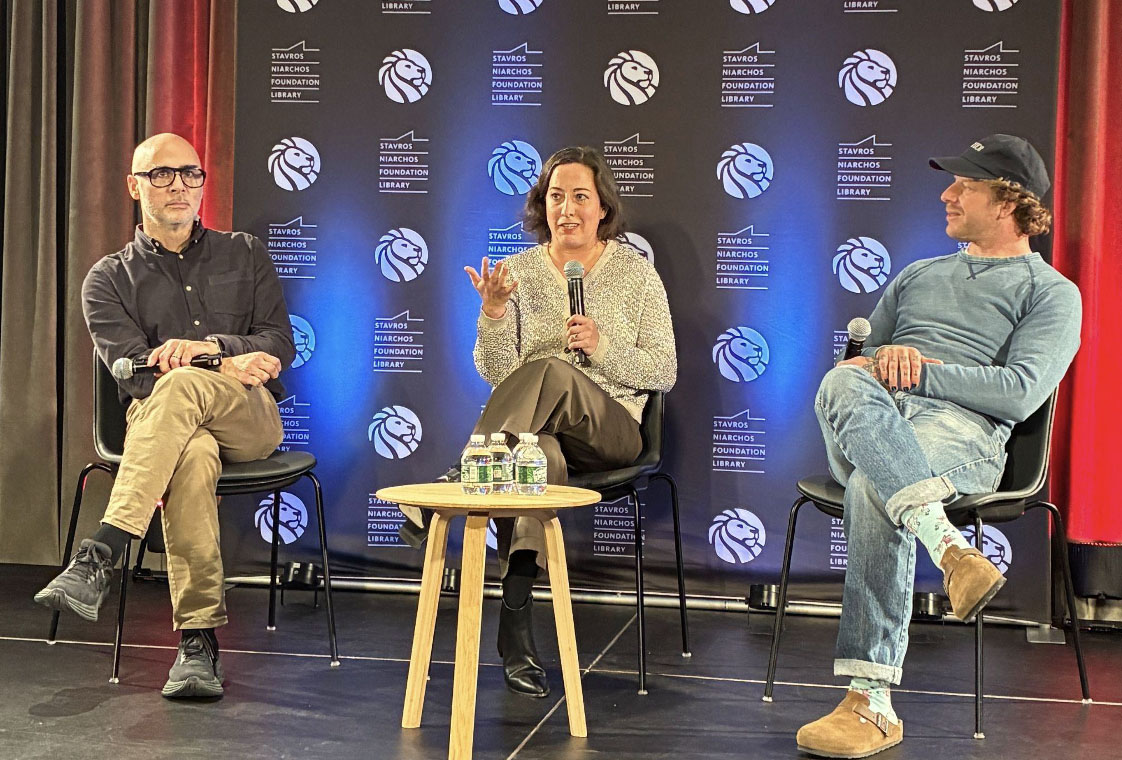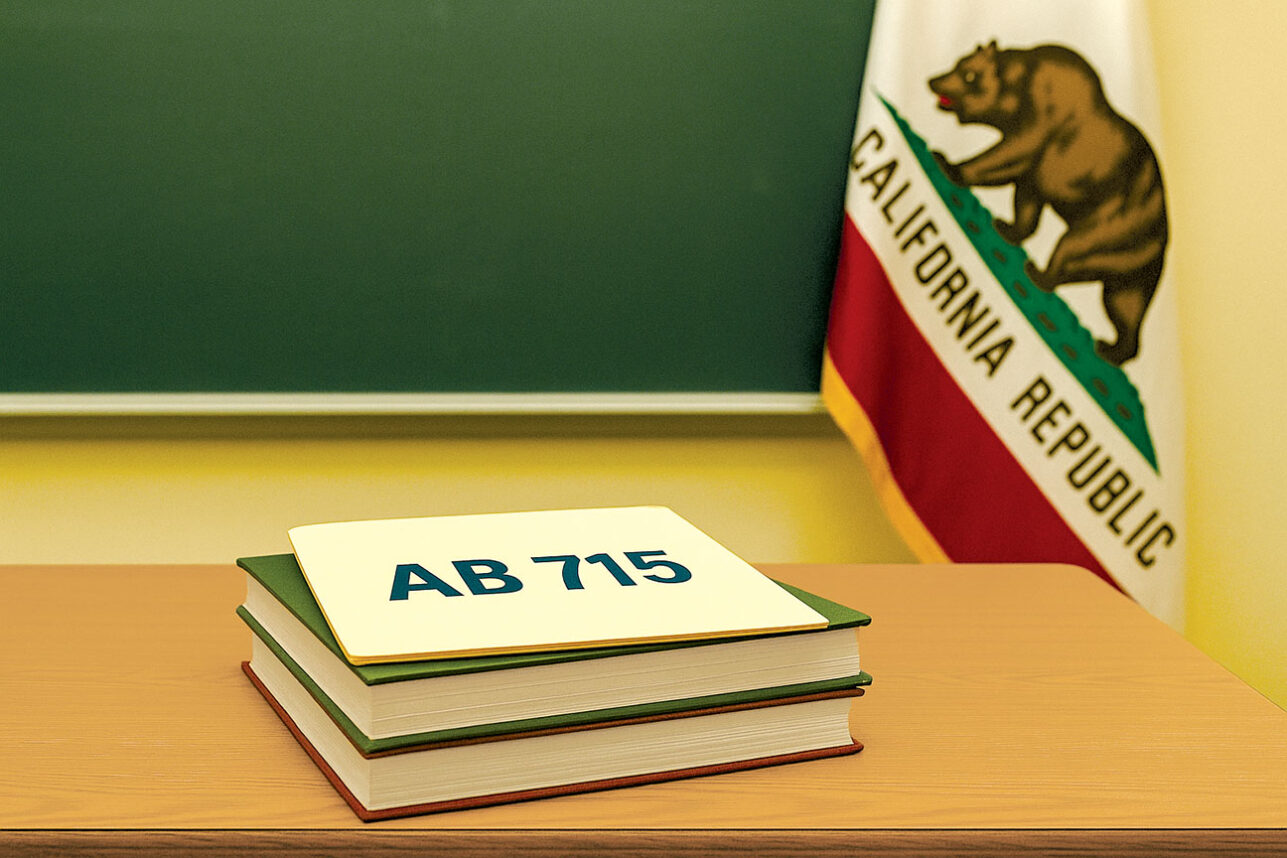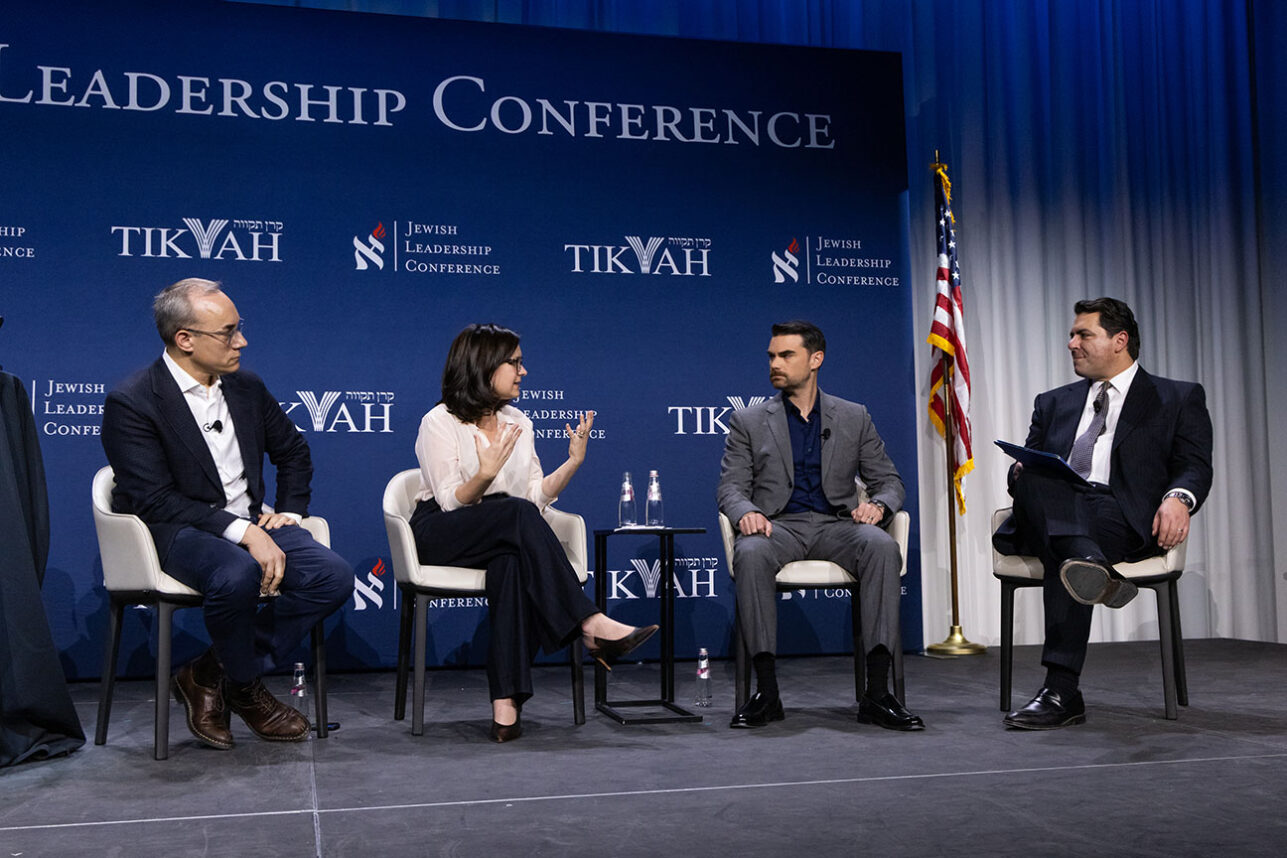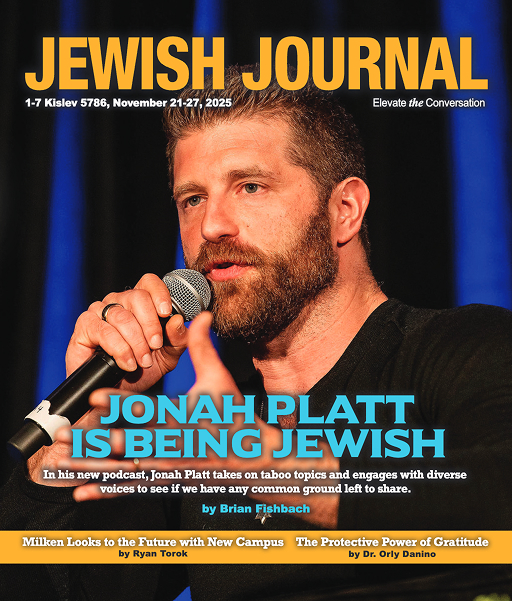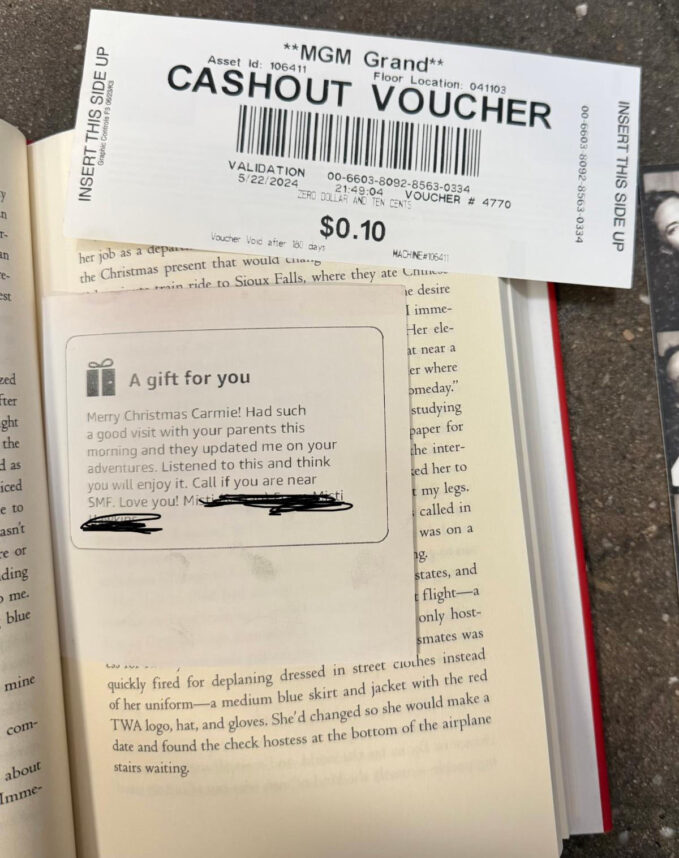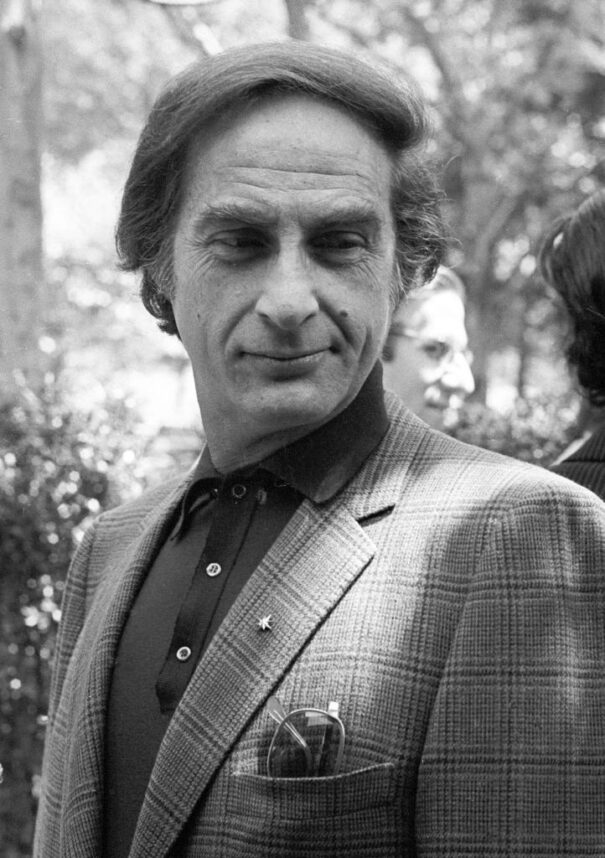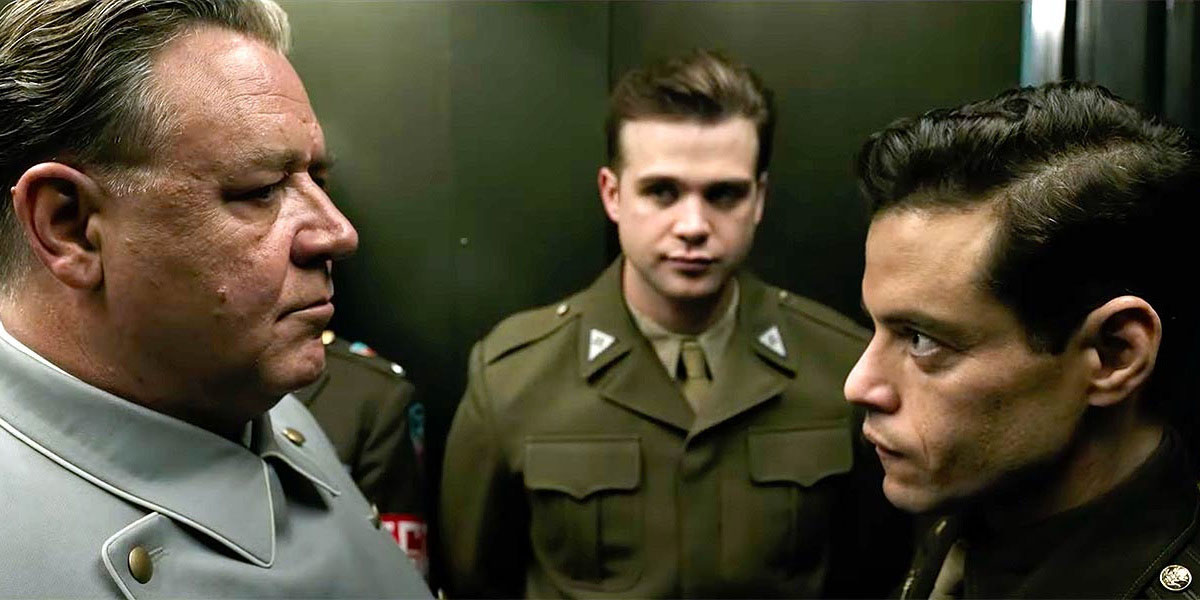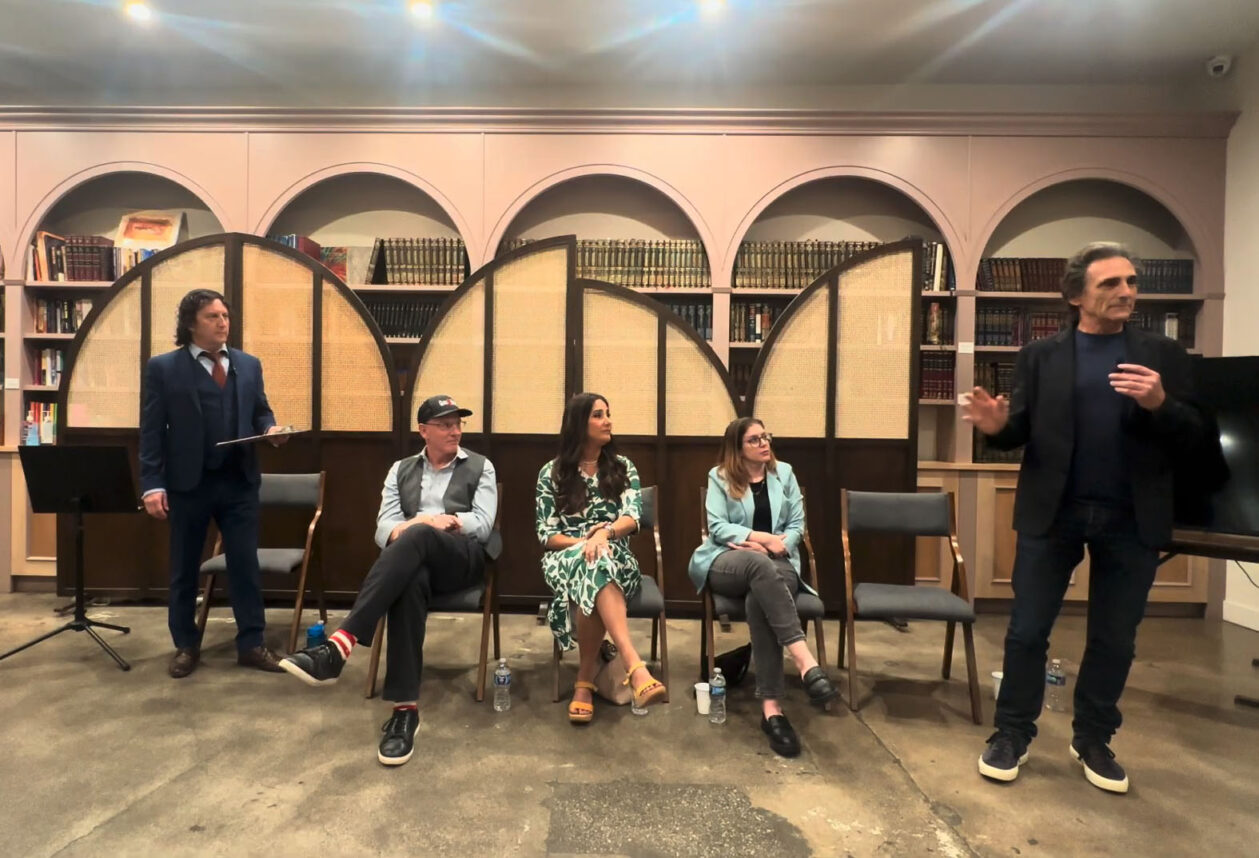
Maggie Anton writes the books she wants to read. It just so happens those books are a mix of Jewish women’s history and their evolution, along with great romance.
“My whole point is commentary and criticism on the way Jewish law and traditional Jewish texts show women’s inequality and their disadvantages, especially that women are forbidden to study Torah,” Anton told the Journal.
An award-winning author of both fiction and nonfiction, as well as a Talmud scholar, Anton never intended to be a writer. In fact the Los Angeles-based author of the award-winning trilogy “Rashi’s Daughters,” worked as a chemist at Kaiser Permanente for 40 years.
Anton believes “The Red Tent” by Anita Diamant (a modern interpretation of the biblical story of Dinah), published in 1997, opened the door to this genre, as the first “way back Jewish historical novel.”
”Jewish women are hungry for stories about Jewish heroines, and if they are historical figures, or semi-historical figures, then all the more so.” – Maggie Anton
“That’s how I knew there would be an audience for my books, because Jewish women are hungry for stories about Jewish heroines, and if they are historical figures, or semi-historical figures, then all the more so,” Anton said.
 Anton, who had been studying in a woman’s Talmud class with Rachel Adler since 1992, was fascinated with Rashi having no sons, only daughters. She wondered what life was like for them. At the time, Anton’s kids were “leaving the nest,” so she had time to speculate.
Anton, who had been studying in a woman’s Talmud class with Rachel Adler since 1992, was fascinated with Rashi having no sons, only daughters. She wondered what life was like for them. At the time, Anton’s kids were “leaving the nest,” so she had time to speculate.
“I have no idea whatever gave me the idea that I could do this, but I was a voracious reader of fiction always,” she said. She thought it would be a fun thing to do; to take all everything she learned and turn it into a novel.
Anton remembers the impact of reading the “All-of-a-Kind Family” in elementary school, and wanted to do for Rashi’s daughters what Sydney Taylor did with her book by embedding the reader in their household.
Except Anton was going to have Rashi teach Talmud, and the readers were going to be in the room.
“One of the things that really frustrated me about Chaim Potok’s books is that they were so focused and involved with the world of Talmud, but you learn no Talmud,” Anton said. “But there’s not a line of Gemara in his books, and so I’m not doing that.”
Anton’s “The Choice: A Novel of Love, Faith, and the Talmud” takes characters inspired by Chaim Potok and ages them into young adults in Brooklyn in the 1950s.
In “The Choice” enterprising journalist Hannah Eisen interviews Rabbi Nathan Mandel, a controversial Talmud professor, and persuades him to secretly teach her Talmud. Things start innocently enough, but soon the gloves come off as the two discover they are passionate about much more than Talmud.
“I wanted to show how Jewish law and custom regarding women’s place in the Jewish community and in Jewish ritual life has evolved,” Anton said. “I wanted to kind of show how it came about, what the problems were and how my characters learn about it and deal with it. And of course I like to get the romance in there.”
The idea for “The Choice” came during one of her book tours. When Anton travels, she stays in people’s homes and, during her downtime, explores their bookcases. One house had Potok’s “The Chosen” and its sequel “The Promise.”
“I thought, ‘I haven’t read those in like 40 years. And if I don’t finish it, it doesn’t matter. I know how it ends,’” Anton said.
As she started reading, Anton wondered: Where are the women? The Orthodox hero’s mother dies, and he doesn’t even remember her. The Hasidic one has a mother, who is also nameless.
“We only see her a few times, and there’s no indication of the power that a Rebbetzin has in the Hasidic community,” she said. “The Rebbe is number one, but the women don’t go to him. They go to the Rebbetzin. And, believe me, most of the time, she can take care of their problems. She knows Jewish law, and especially women’s kind of Jewish law very well, and if there’s a problem she can’t solve, then she goes to the Rebbe.”
Around the same time, Anton read “Davita’s Harp,” Potok’s only book with a female protagonist.
“That’s the one where she grows up in a Communist household,” Anton said. “Her father is a war correspondent, he’s killed, and then her mom remarries an Orthodox guy. [Davita] ends up in this Orthodox household, going to an Orthodox day school.”
The book takes place through Davita’s elementary school years, and ends with graduation. All the girls study prophets and songs. Davita wants to study Talmud, like the boys do, but she is not allowed.
“She devotes herself to her classes and her classwork to prove that she’s capable and worthy, so much so that she is actually entitled to win the best student award,” Anton said.
But they don’t give it to her, because she’s a girl. The one they want to give it to is the Orthodox protagonist of “The Chosen” and “The Promise.”
“At graduation he comes over and he tells her that she deserved that award,” Anton said. “They offered it to him, and he turned it down, because he knew that she was the one that should have gotten it.”
That’s how the book ends.
Anton wondered why Potok brought him back … and then nothing. With this cliffhanger for “Davita’s Harp” Anton felt the characters were lovelorn, or at least attracted to each other, and their story was unfinished.
“At that point I had heard of Chekhov’s gun,” Anton said. “The advice to novelists and playwrights: If a gun appears in act one or chapter one, it better go off by the last act. When I saw him in there, immediately in my mind [I decided], ‘I’m going to fire Potok’s gun.’”
Anton decided to do research, write a backstory on those two mothers from “The Chosen,” and write about how the two protagonists get together.
“What I hope people get, assuming they read Potok’s other books, is a sense of closure on this relationship between Davita and Reuven; of course I changed the names,” Anton said. “They’re going to feel satisfaction that this circle has been closed, and at least kind of [a sense of] what happened to them or what could have happened to them.”
All readers will get an education into Jewish women’s history in America, the impact of Jewish women, and how Jewish law has changed.

